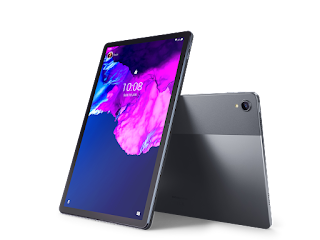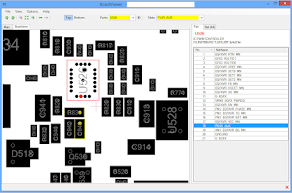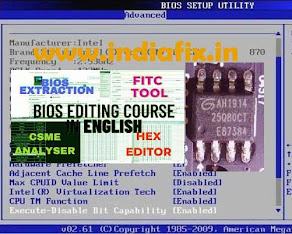How to choose a tablet: an instruction for those who do not want to be mistaken
When choosing a tablet, there are several factors you should consider to ensure that you select the right one for your needs. Here are some important aspects to consider:
Purpose: Determine the primary purpose of your tablet. Are you planning to use it for entertainment, productivity, reading, gaming, or a combination of these? Knowing your primary use case will help you narrow down your options.
Operating System: Tablets typically run on one of three operating systems: iOS (Apple), Android (Google), or Windows (Microsoft). Each has its own ecosystem, user interface, and app availability. Consider which operating system aligns best with your preferences and integrates well with your other devices.
Size and Portability: Tablets come in various sizes, ranging from small compact models to larger ones. Consider where and how you plan to use your tablet. If portability is essential, a smaller tablet may be more convenient. Larger tablets offer a bigger screen for multimedia consumption and productivity tasks.
Display: Pay attention to the screen size, resolution, and display quality. A higher resolution and better display quality will provide a more enjoyable viewing experience, particularly for multimedia content and reading.
Performance: Consider the tablet's processor, RAM, and storage capacity. A more powerful processor and higher RAM will ensure smooth multitasking and better performance, especially if you plan to use resource-intensive apps or games. Sufficient storage space is crucial for storing apps, media files, and documents. Additionally, check if the tablet supports expandable storage options such as microSD cards.
Battery Life: Look for a tablet with a decent battery life that can last through your typical usage patterns. Battery life varies across models, so consider your usage requirements and prioritize tablets with longer battery life if necessary.
Connectivity: Check the connectivity options available on the tablet. Most tablets offer Wi-Fi connectivity, but some higher-end models also provide cellular connectivity for data access on the go. Additionally, consider the availability of other connectivity options like Bluetooth, USB ports, or headphone jacks based on your needs.
Price: Determine your budget for the tablet and find a device that fits within your price range. Tablets' prices can vary significantly depending on the brand, features, and specifications. Consider the value for money and compare different models before making a decision.
Reviews and Recommendations: Read reviews from reputable sources and check user feedback to gain insights into the performance, reliability, and user experience of the tablet you are considering. Look for reviews from users with similar needs to yours.
Additional Features: Consider any specific features you may require, such as stylus support, fingerprint sensors, face recognition, or specific software compatibility.
By considering these factors and comparing different models, you'll be able to choose a tablet that best suits your needs, preferences, and budget.










No comments:
Post a Comment